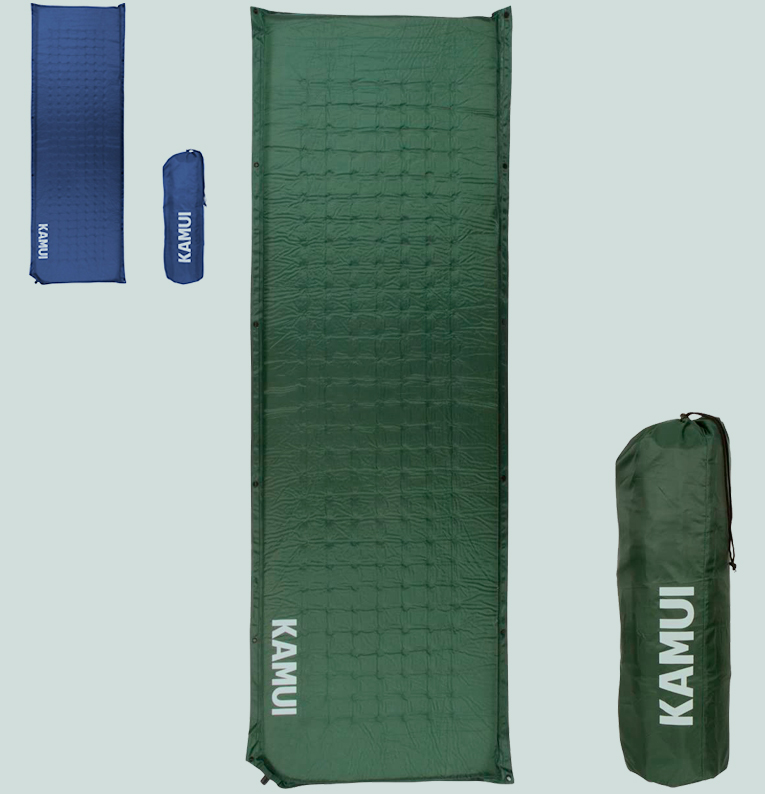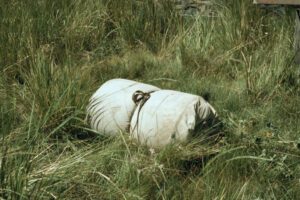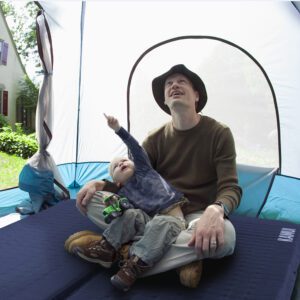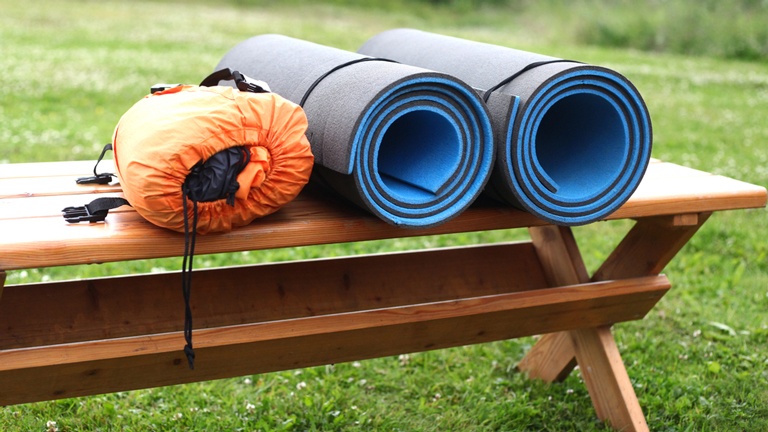Phone
+1-650-666-095
Contact E-mail
[email protected]
Address
16192 Coastal Hwy, Lewes, DE 19958-3608
8+ Tips On Choosing The Best Tent Camping Sleeping Pad For You
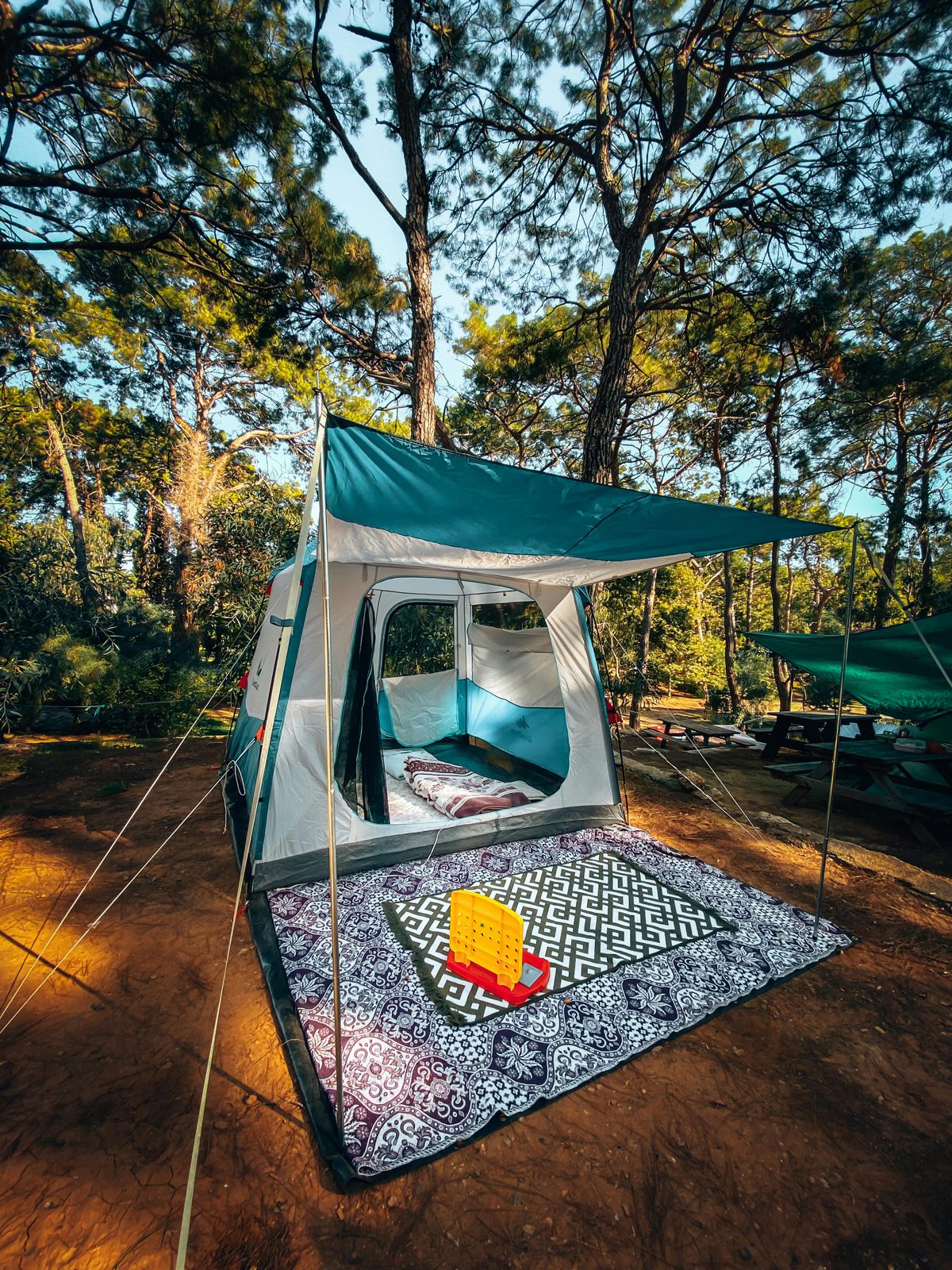

It doesn’t matter what you’re looking for, be it an air bed or a packable mat. We have the best tent camping sleeping pad for you. In this article, we will cover the best tent camping sleeping pads. We’ll also discuss the differences between tent camping and other camping options and the differences in fitting sleeping pads.
Best Sleeping Pad For Tent Camping Choosing Tips
- If you’re car camping, ensure you provide your body with enough comfort throughout the night. When car camping, you’re not limited by the size and weight of your pad, tent, or sleeping bag.
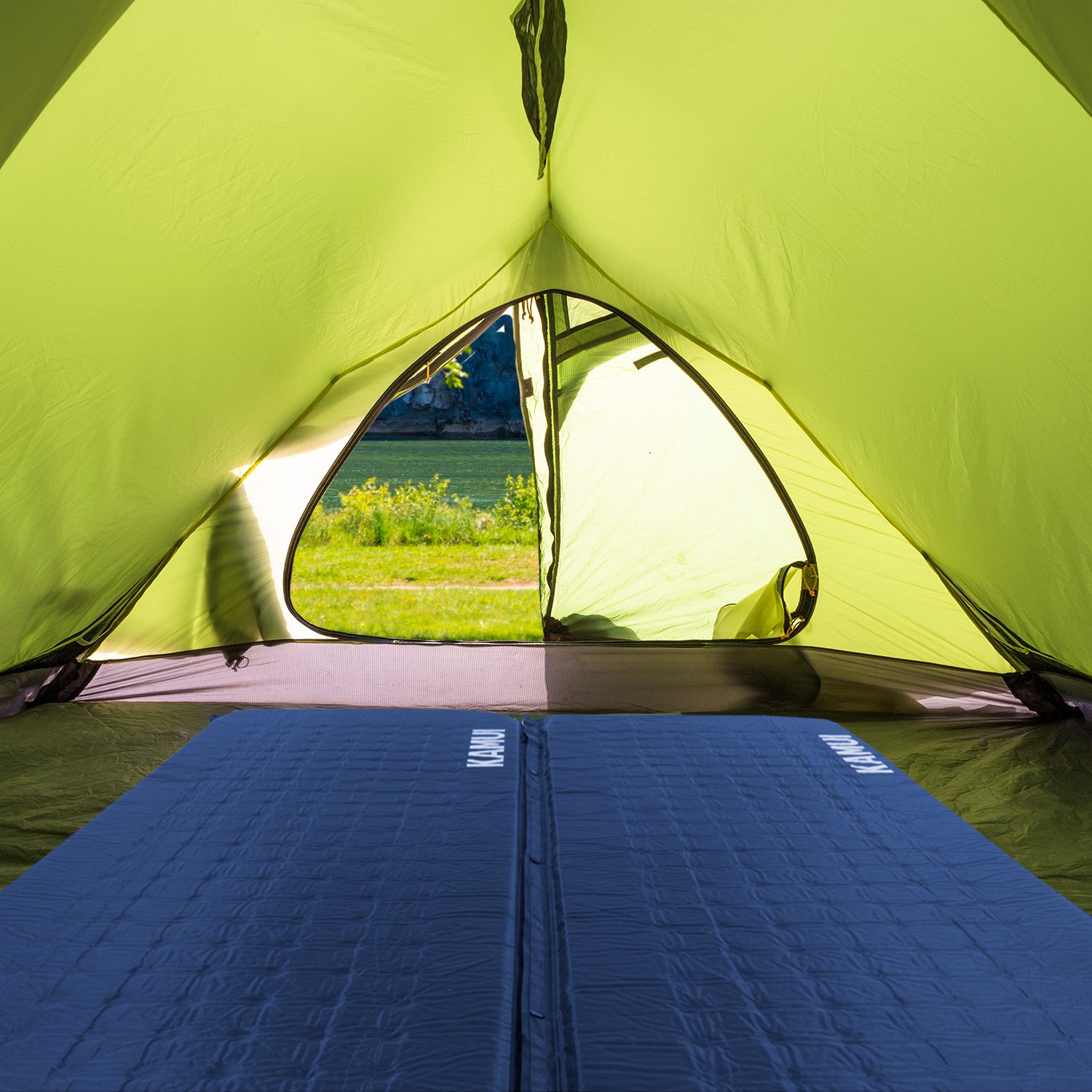

- If you want to save a few bucks, that is fine. Make sure you choose the less expensive options; these might not be lightweight, but they will still do the job. This is why we recommend self-inflating pads, which are great choices.
- Another budget-friendly option is air mattresses, which many of us have at home. Bring these with regular sheets and blankets instead of a sleeping bag. They are best for summer when the nights are warm, as they don’t offer insulation and are heavy and bulky. Despite these drawbacks, they are ideal for summer car camping.
- If you are camping in colder evening temperatures and lack a quality sleeping pad, you can stack your tent camping pads. In other words, you can place a foam pad under your self-inflating or air pad to add more insulation to your setup.
- Ensure your pad also comes with a patch kit, which is important when backpacking. Since anything can happen in nature, your pad could puncture, leaving you with no insulation during the evening. That is why a patch kit or a first aid kit for your pad is a must-have.
- Make sure your pad matches your body width and length. If not, you might be in for a long night. If your pad is a bit shorter than you are, place your backpack or clothes under your head and sleep like that.
- Prioritize comfort. A sleeping pad is there for your comfort, and having a thicker pad is definitely the way to go, especially if you sleep on your side. Sleeping on uneven ground will be less of a problem with a thicker pad.
- In the end, it’s all about prioritizing what you need. There are so many pad options out there today, but knowing what you need is the first step
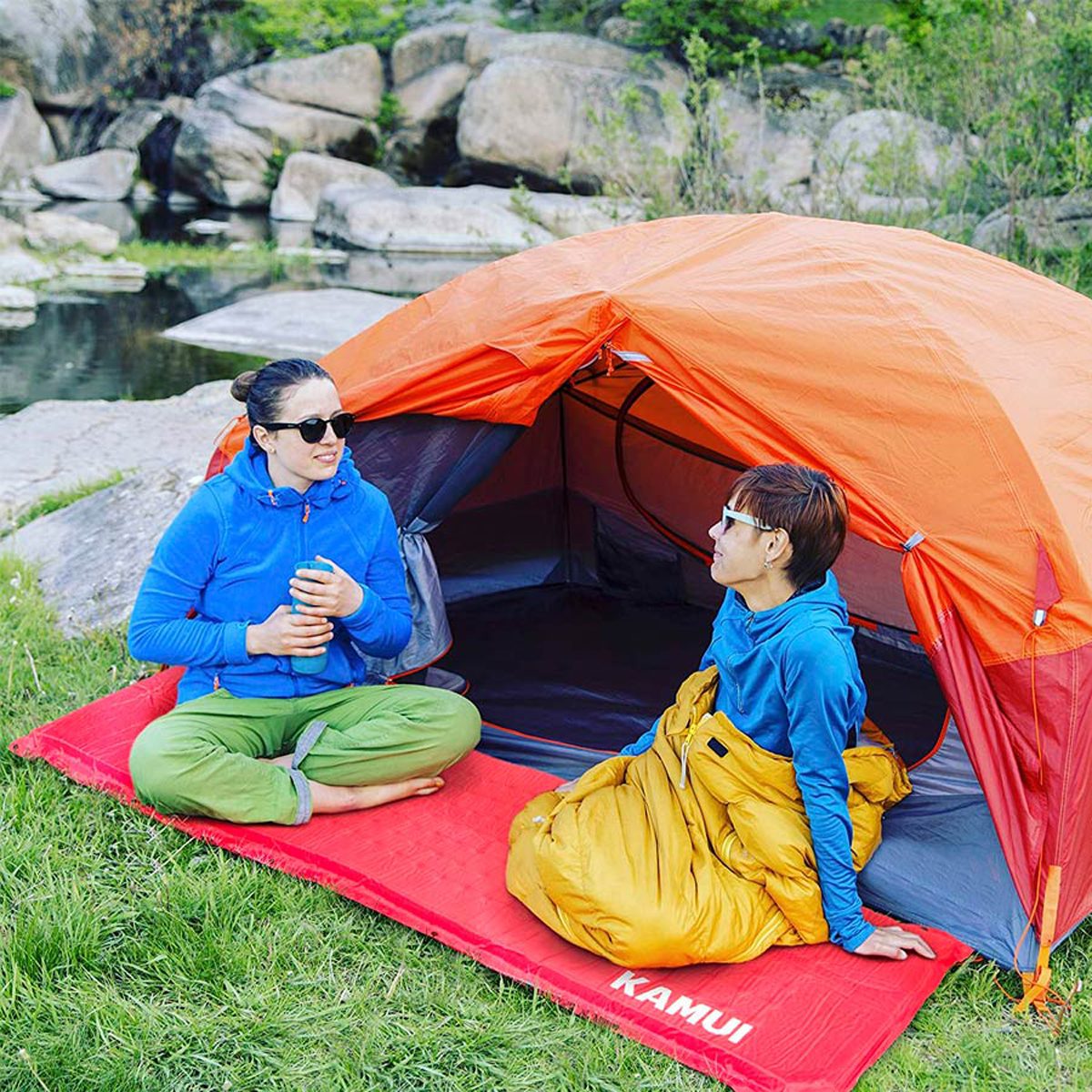

Differences Between Tent Camping Sleeping Pads and Others?
In the outdoors, there are as many camping options as there are people. Some are true purists, and others are just along for the journey, making it unique.
Now, what is considered real camping? There are many different types: glamping, car camping, motorhome camping, winter camping, backyard camping, survival camping, backpacking, hammock camping, overlanding, bicycle camping, canoe camping, wild camping, and many others. In some of these types, a tent is used, which then becomes tent camping.


In camping options like overlanding, hammock camping, motorhome camping, and glamping, one does not need a tent, and these options are automatically not tent camping. Needless to say, you also won’t need a tent camping sleeping pad either.
Tent camping is different from other camping options because one uses a tent. Where you pitch your tent is up to you; it can be in the backcountry or backyard. But these camping options have one thing in common: You have a tent, regardless of size and build.
Types Of Tent Camping Sleeping Mats
One will need a particular type of sleeping pad or camping mat for their tent, and these are the options we recommend. Of course, you don’t have to stick to them, but other options might not perfectly fit your tent.
Foam sleeping pads
One of the best tent camping sleeping pad options are closed-cell or foam camping mats are the most basic pads. They’re used for backpacking and camping and can be folded or rolled up. They’re very thick and almost indestructible but also lightweight and inexpensive. However, they are also much less comfortable because they are stiff.


Self-inflating pads
Another trendy option is self-inflating pads. These pads are made of open-cell foam and used with inflated air. Some are extra light and can be folded and rolled to fit inside your backpack, but most are easily rolled up, a bit heavier and bulkier, but also very comfortable and compact.
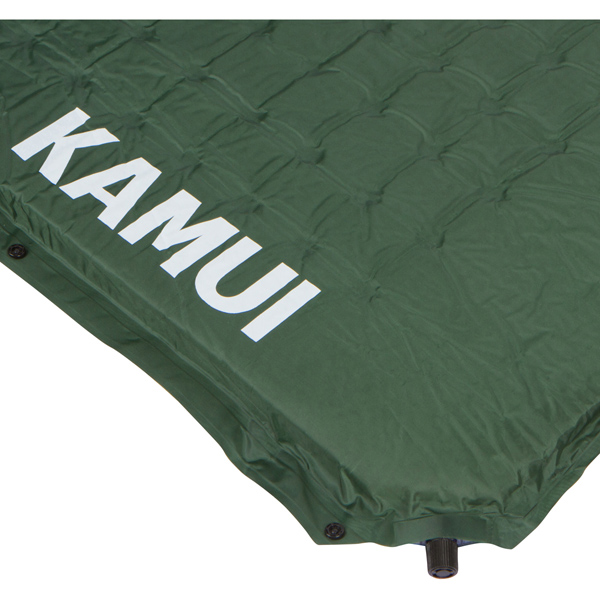

Air pads
The lightest options are air pads made in different styles. They are extra thick and light but very expensive and easy to puncture. Their intended use varies, but they are suited for almost any condition.
Of course, you can choose other options like memory foam and classic air mattresses, but they will not be the best option and might not fit into your tent. Also, they will be bulky and heavy, making them very hard to transport.
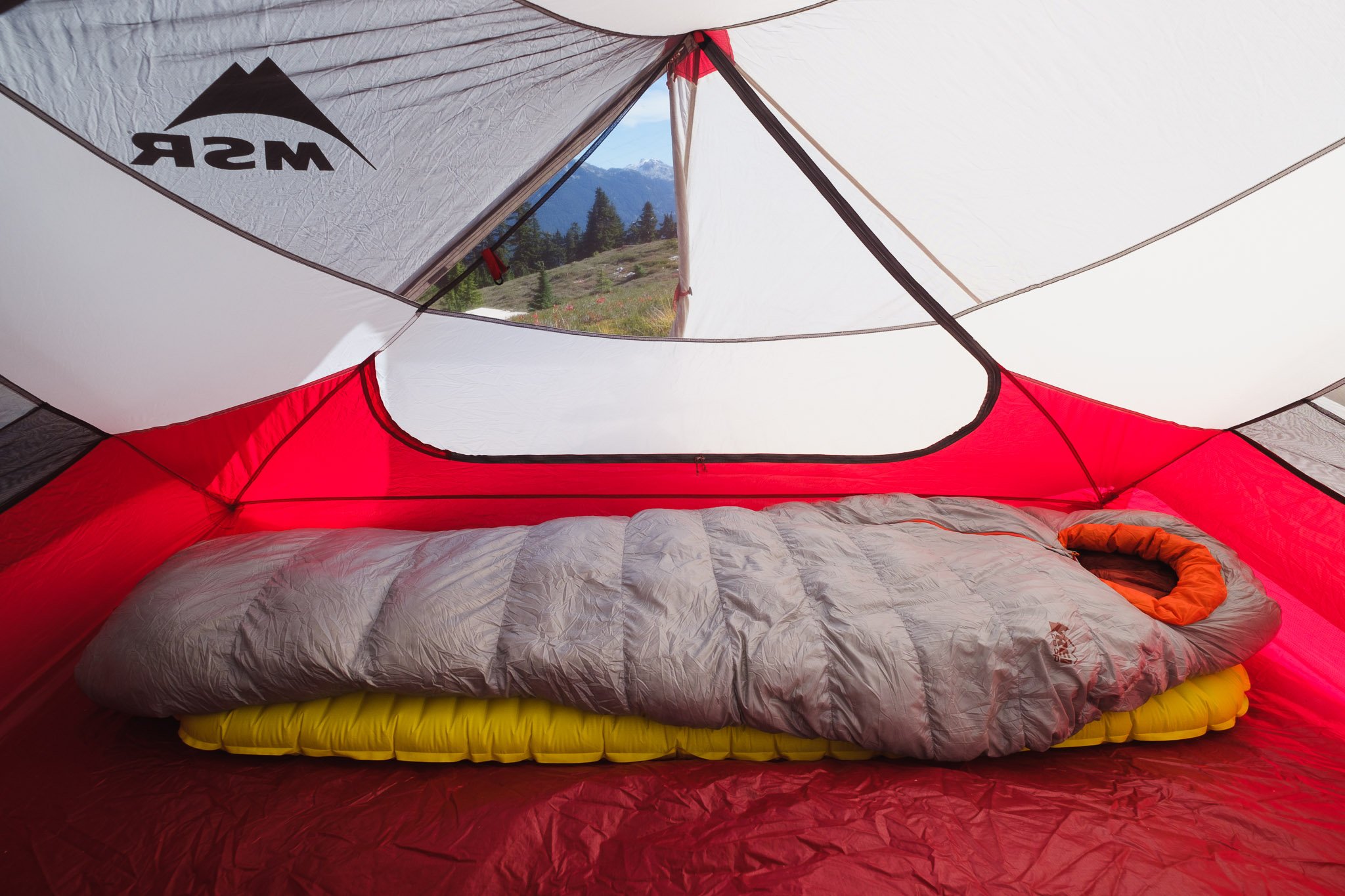

5 Things To Consider When Choosing The Best Tent Camping Sleeping Pad For You
After covering the differences between tent camping and other types of camping, as well as the types of sleeping pads that can be used in a tent, it’s time to cover the specifications of each of these pads.
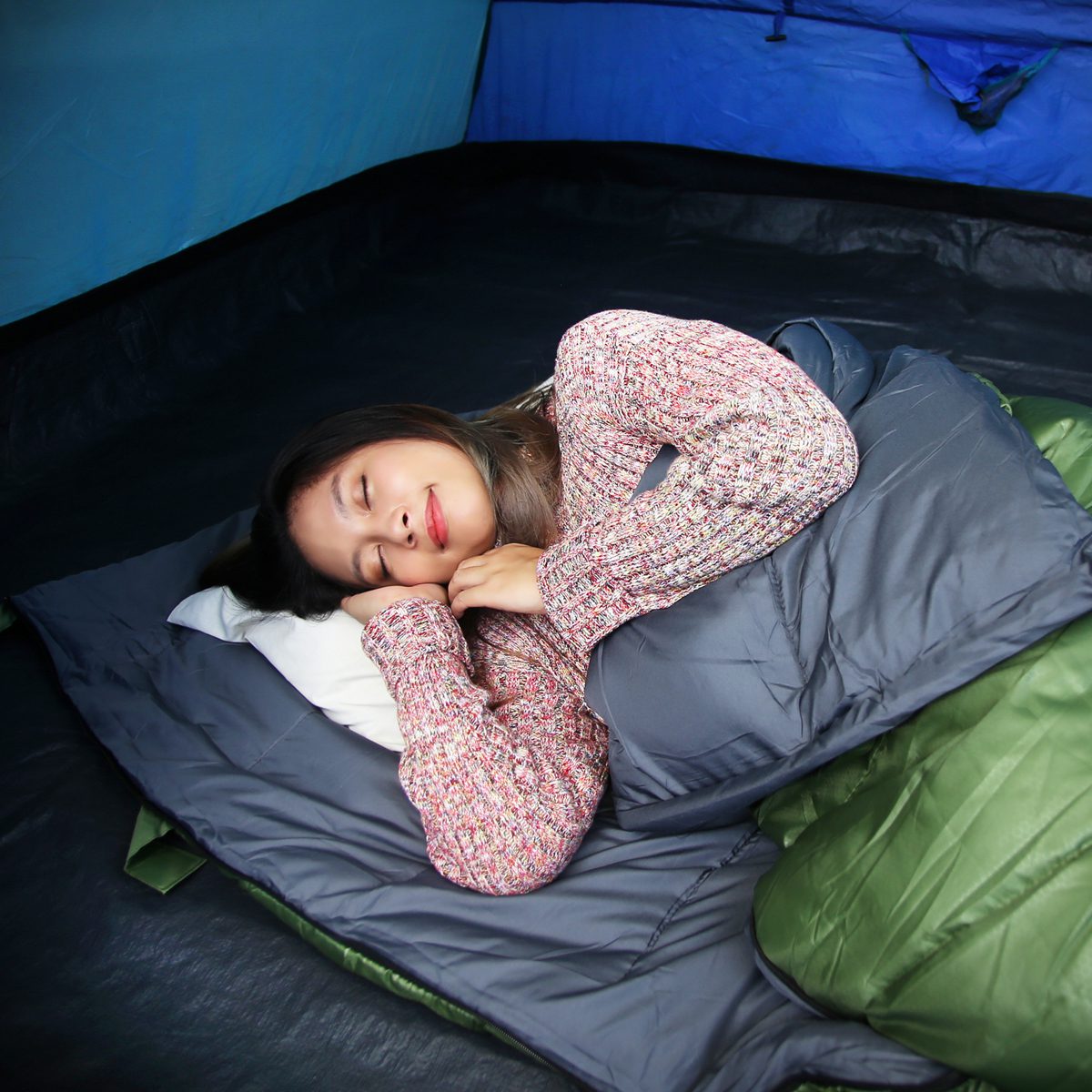

Insulation
An essential thing to consider is the insulation and R-value of your sleeping pad. Insulation is essential for ensuring a good night’s sleep because if you lose body heat to the ground beneath you, you won’t wake up feeling refreshed in the morning. This is why pads use different construction materials that prevent heat loss. Each pad has its own insulation and R-value. Insulation measures how well the materials prevent heat loss, and the R-value measures the capacity of the pad to resist heat flow. The higher the R-value, the better it will keep you warm. This is great if you are camping in the winter but could prove too hot during the summer.


Temperature rating
A pad’s temperature rating and your sleeping bag’s temperature rating work together to keep you warm at night. In winter, choose a low-temperature rating to stay warm even in cold temperatures. In summer, avoid pads and bags with low-temperature ratings, as they can make you too warm and uncomfortable. Depending on your build and pajamas, warmth and comfort may vary from the temperature rating.
Weight
This is a critical factor in choosing your sleeping pad, regardless of whether you’re sleeping in a tent or not. The weight is something you carry on your back, be it that you’re camping near your car or thru-hiking. There are numerous options out there, from ultralight pads to essential heavy pads. In most cases, the lighter ones are more expensive, but they will save you weight and space in your backpack. Closed-cell foam pads and air pads are generally low in weight, but if your walk to the campsite isn’t that long, you can choose a thicker and heavier option and not skimp on the comfort.
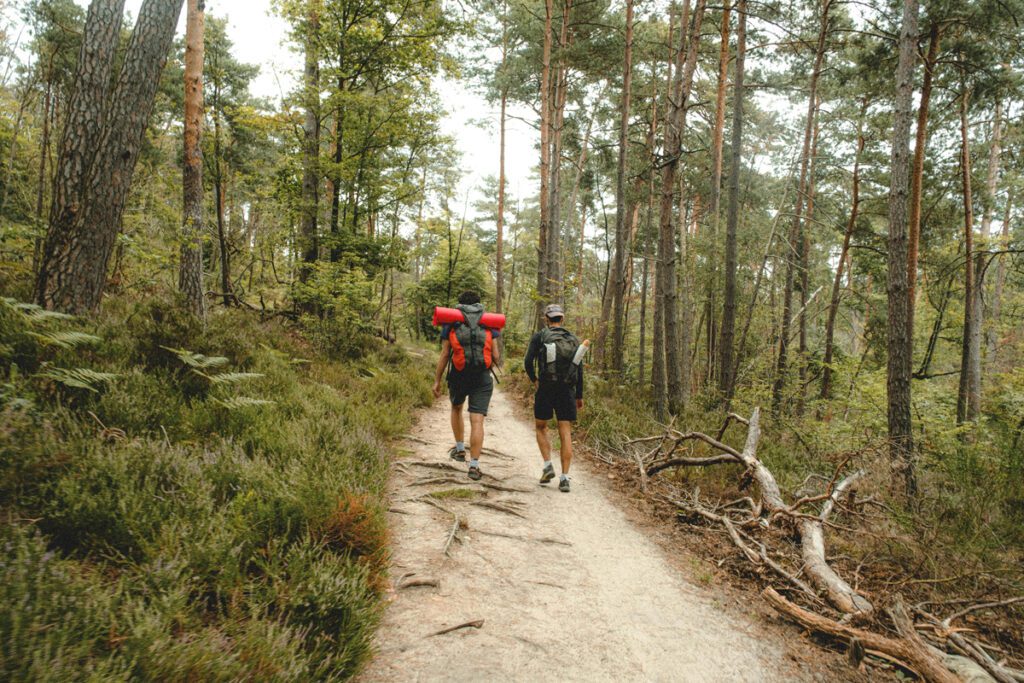

Size
A great thing to consider when prioritizing comfort is the size of your pad, which includes the length and the width. Both of these dimensions should fit inside your tent and accommodate your whole body. No one wants their head or feet hanging off the pad during a cold night. Make sure that the width also matches your body, especially if you sleep on your back. Sleeping pads now come in extra wide, extra long, and smaller sizes, so it’s not going to be hard to find something that fits you. The length and width add to the pad’s size, which, just like the weight of your pad, needs to be considered, especially if you’re backpacking and have limited space in your bags.
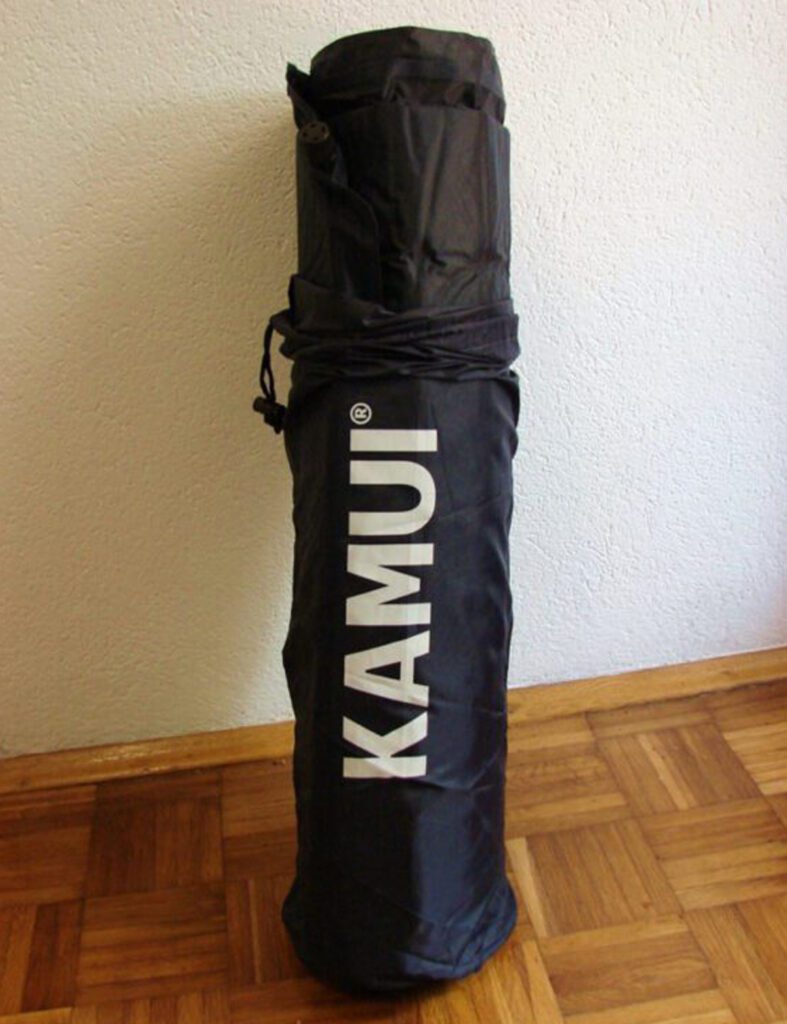

Inflation
This is another important factor. No one likes to expand their lungs after a long hike, so having a hand pump with you is a great idea, especially if you have an air pad of any kind. There are numerous types of pumps, from bigger to smaller options, so make sure you match your pump to the type of camping you’re doing.
Best Tent Camping Sleeping Pad Recommendation: KAMUI Self-Inflating Sleeping pad
The KAMUI self-inflating sleeping pad is perfect for all ages and is very affordable. It’s an excellent option for camping setups, offering a great night’s sleep thanks to its high R-value, which makes it suitable even for winter use. Thick and self-inflating, it’s ideal for both car and tent camping. It’s also great for families, as you can connect multiple pads vertically or horizontally.
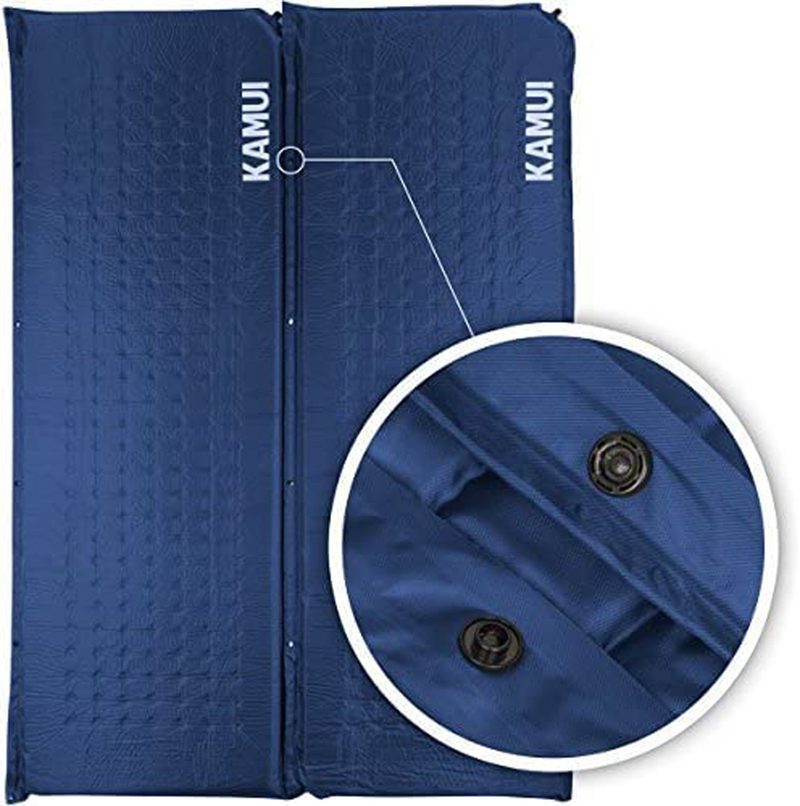

Pros:
- Comfortable
- Easy Inflation
- Stackable
- Insulating
Cons:
- Bulky
Conclusion
We hope this article helped you find the best tent camping sleeping pad and any article wouldn’t be complete without mentioning the Big Agnes, REI Co Op Camp Dreamer, Summit Ether Light XT, Exped Megamat Duo, Nemo Tensor, Nemo Quasar 3D, or Nemo Roamer, Summit comfort deluxe and Summit Ultralight, but this isn’t a gear review.
Regardless of where your tent camping is going to take place, make sure you have the best night’s sleep on your camp mat. The camper world is truly complex, and today you can choose numerous products that best suit you, be it with a pump sack or air sprung cell. We hope we gave you a great overview of the extra luxuries you needed for your tent.

